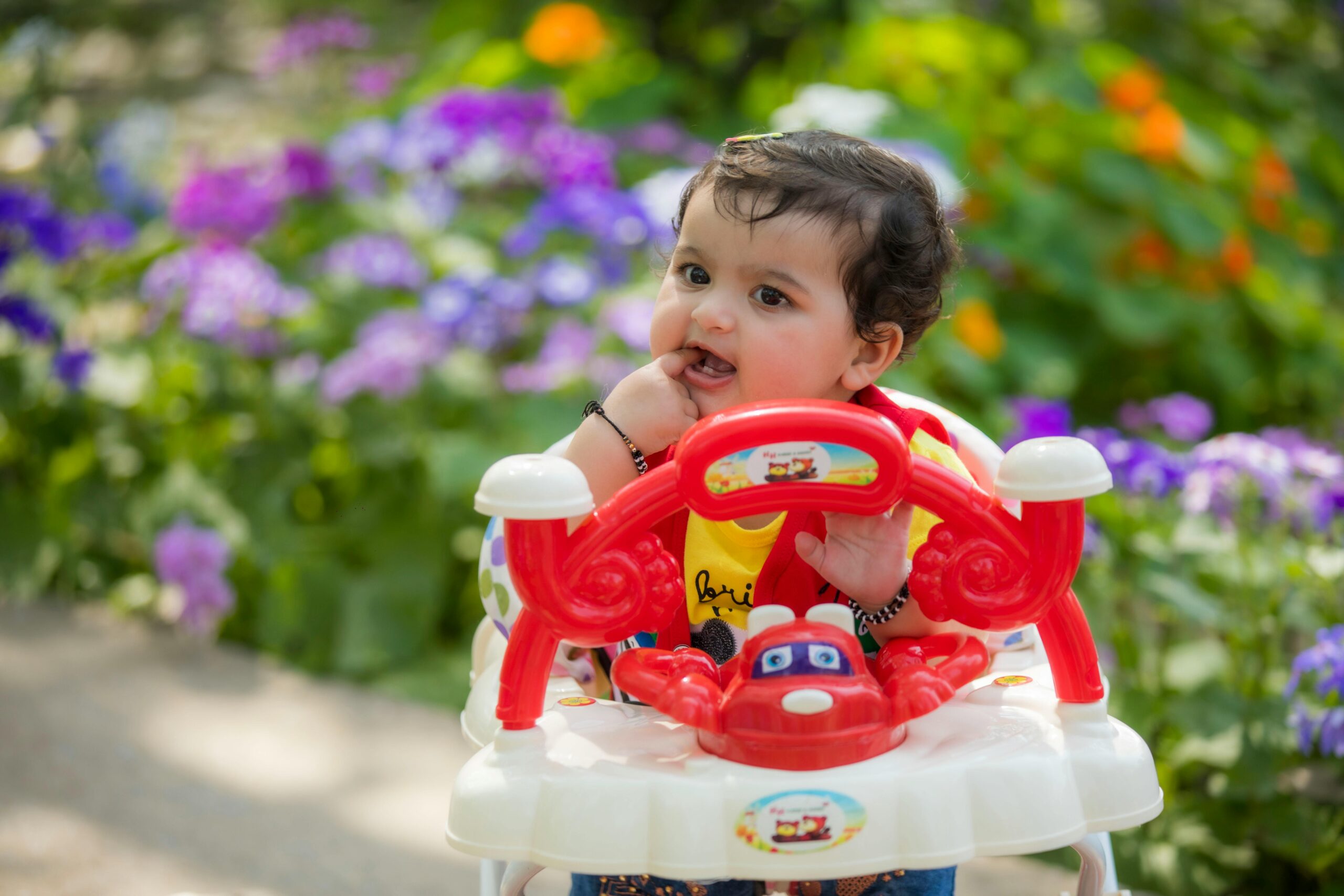Baby walkers appear to be a fun method to assist young children explore and move about, but did you realize they can also be rather dangerous? In this article, we’ll go over step by step why baby walkers are dangerous for babies and why specialists advise against their use. We can discussed step by step.
Step 1: Lack of Control:- Babies have little control over how they move when they are in walkers. Even though they appear to be moving independently, they are unable to steer as well as they could if they were crawling or walking. Mishaps could result from this loss of control.
Step 2: Speed:- Baby walkers can move surprisingly quickly, particularly on hard floors. Babies may zoom into furniture, walls, or other barriers without realizing what is going on. This speed increases the risk of crashes and injury.
Step 3: Falling Down Stairs:- One of the most serious risks of baby walkers is the possibility of tumbling down steps. Babies in walkers have poor control of their movements and may accidently slide down a flight of steps if not constantly watched. This can lead to serious injury or even death.
Step 4: Reach Hazardous Items:- When babies are in walkers, they can reach higher surfaces than they would if they were crawling. This means they can grab items that are potentially dangerous, like hot drinks, sharp objects, or toxic substances. Accidental ingestion or burns are real risks.
Step 5: Developmental Delays:- Contrary to common perception, a baby’s development may be delayed by a baby walker. Babies develop vital life skills through crawling and independent exploration of their surroundings, including balance and coordination. They lose out on these important learning chances when they are in walkers.
Step 6: Muscle Development:- A baby’s muscle development may also be impacted by using a walker. Babies rely on the assistance of the walker to support their weight and enable them to move instead of utilizing their own muscles. This may result in delayed attainment of significant motor milestones and weaker muscles.
Step 7: Restricted Movement:- Although walkers appear to offer babies greater mobility, there are several instances in which they limit their range of motion. Babies’ exploration and learning opportunities may be hampered by the fact that they cannot move as freely in walkers as they can when they are crawling or walking on their own.
Step 8: Accidental Tipping’s:-Baby walkers are prone to tipping over, particularly if the child tries to reach out while using the walker. The infant may tumble and sustain injuries as a result of this. Stunned walkers can topple over due to small slopes or uneven surfaces.
Step 9: False Sense of Security:-Some parents may believe that while they are attending to other tasks, their child is kept safe and occupied by utilizing a baby walker. But this could give people a false sense of security. Even when a parent is close, accidents can still happen swiftly and have serious repercussions.
Step 10: Safer Alternatives:- There are safer options to baby walkers for assisting infants in exploring and honing their motor abilities. These include baby-proofing the house to provide a secure space for exploration, supervised tummy time, and unstructured floor play with toys that are age-appropriate.

